Breathwork For Anxiety: How Breathwork Can Help You Find Relief
Want to know how to practice breathwork for anxiety? It’s no secret that anxiety and stress can be debilitating, leaving us feeling overwhelmed and out of control. But what if I told you that there’s a simple tool that can help alleviate those symptoms? Say hello to breathwork.

In this blog post, we’ll explore the different types of breathwork and how they can be used to manage anxiety.
As someone who has been struggling with anxiety my whole adult life, I’ve probably tried every technique and tool out there but never found anything as powerful as breathwork. That’s why I love to share breathwork techniques with anyone who is looking for something to help them with their anxiety.
After this blog post, you will better understand how to use your breath to find relief, and I’ll even provide you with a step-by-step guide to get you started. So take a deep breath, and let’s dive into the world of breathwork.
This post is all about breathwork for anxiety.
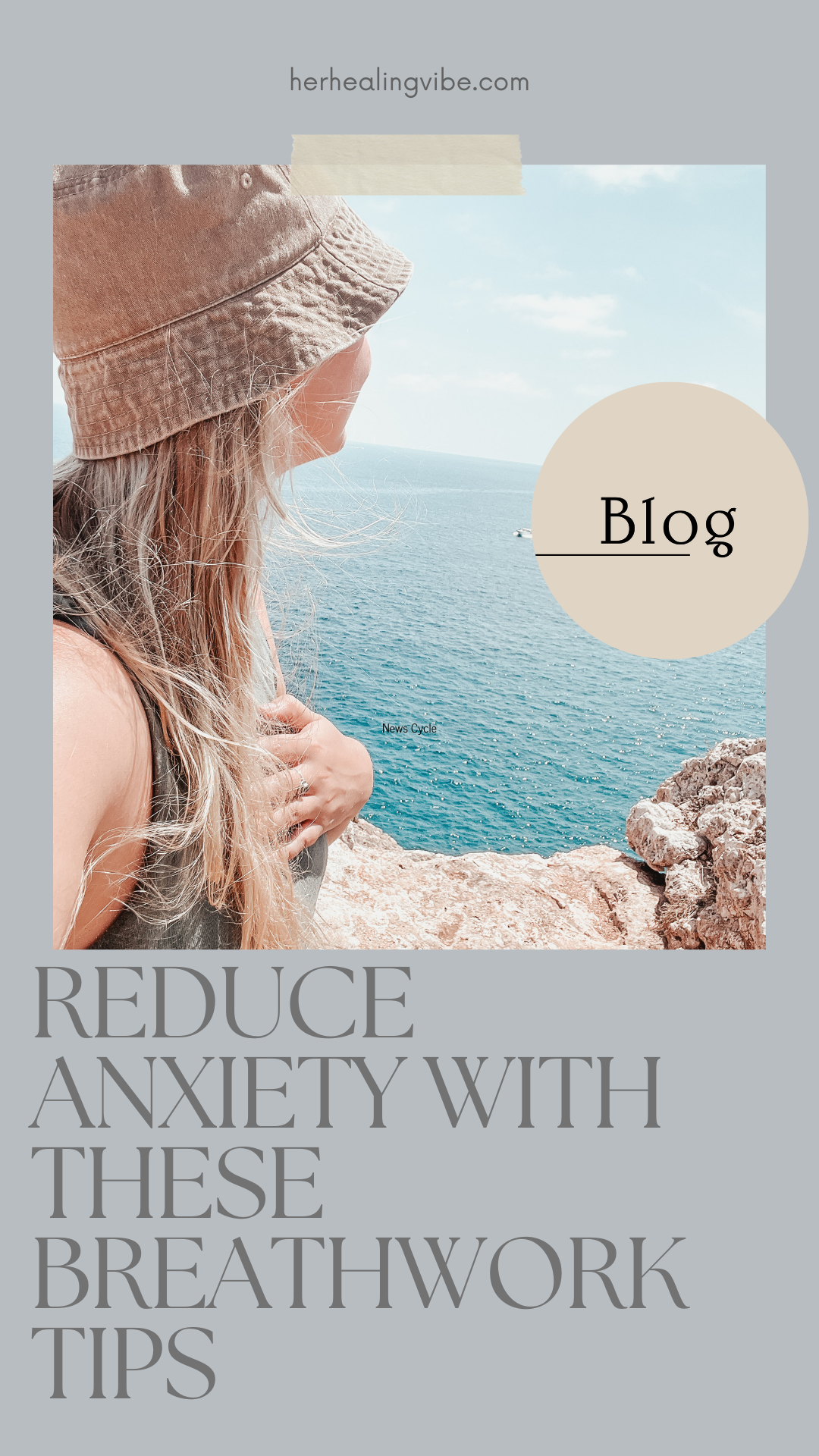
Breathwork For Anxiety
What is Breathwork?
Breathwork has been gaining popularity as a tool to combat anxiety and stress, but what exactly is it? At its core, breathwork is a practice of consciously manipulating your breath in order to achieve a desired physical or mental state. There are many different types of breathwork, each with its own techniques and goals. Some forms, like pranayama or holotropic breathing, have roots in ancient practices, while others have been developed more recently. Regardless of the type, the idea is to use your breath to tap into your body’s natural relaxation response
How Does Breathwork Help with Anxiety?
One of the key ways that breathwork helps with anxiety is by activating the body’s relaxation response. When we feel anxious or stressed, our bodies go into fight-or-flight mode, which can cause physical symptoms like rapid heart rate and shallow breathing. By slowing down and deepening our breath, we can signal to our nervous system that it’s safe to relax. This, in turn, can lower our heart rate and blood pressure, reduce muscle tension, and calm our minds.
Additionally, some types of breathwork involve specific techniques that can help to regulate our emotions. For example, alternate nostril breathing (a common form of pranayama) is said to balance the left and right sides of the brain, which can promote a sense of calm and clarity. Other techniques, like the 4-7-8 breath or box breathing, can help to slow down racing thoughts and soothe anxiety.
Overall, breathwork can be a powerful tool for managing anxiety because it allows us to tap into our body’s natural ability to relax and self-regulate. By learning to control our breath, we can help to calm both our body and mind, creating a sense of peace and centeredness in the midst of stress. In the following section, we’ll explore some of the different types of breathwork that can be particularly effective for anxiety relief.
Nourishing Yoga & Meditation Practices For The Mind, Body And Soul
Types of Breathwork for Anxiety
Some types of breathwork can be especially beneficial for anxiety relief. One such technique is diaphragmatic breathing, which involves taking slow, deep breaths that expand the diaphragm and help to calm the nervous system. Similarly, belly breathing can also be effective for anxiety because it engages the parasympathetic nervous system, which is responsible for the “rest and digest” response that helps us relax.
In addition to these foundational breath techniques, there are other types of breathwork that can be used to target anxiety symptoms specifically. For example, the Kapalabhati breath involves rapid exhalations and passive inhalations, which can help to clear the mind and increase mental focus. The Lion’s Breath is another breathwork practice that is said to relieve tension and promote a sense of lightness in the body.
Furthermore, pranayama is a form of breathwork that is central to the practice of yoga, and there are several variations that can be used to manage anxiety. Along with alternate nostril breathing, as mentioned earlier, the Ujjayi breath can also be helpful for anxiety because it involves long, deep inhalations and exhalations that encourage relaxation and promote a sense of grounding.
By understanding the different types of breathwork and how they can support mental wellbeing, we can begin to cultivate a personalized breath practice that is tailored to our individual needs. In the next section, we’ll explore some of the best breathwork techniques that can help to alleviate anxiety symptoms
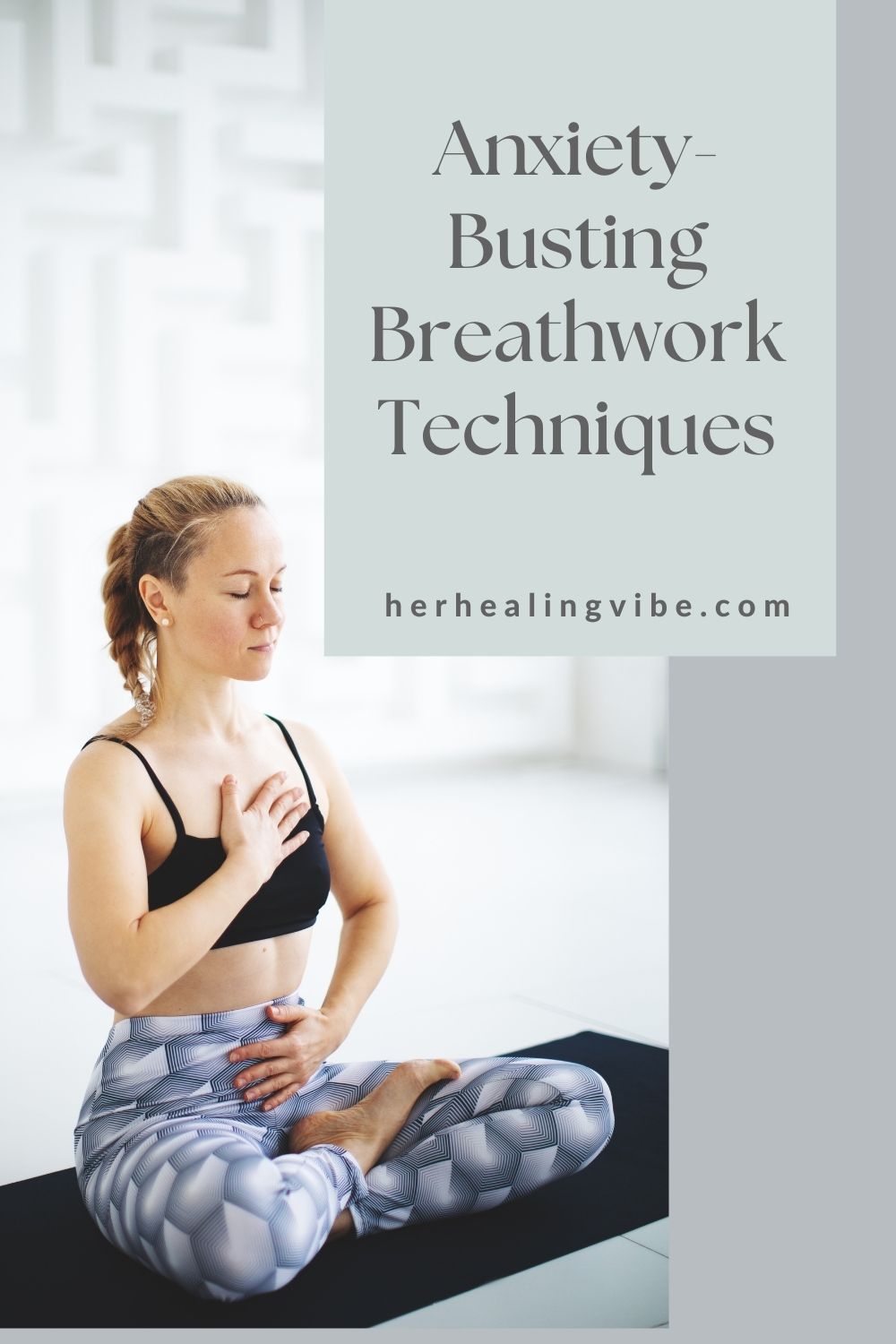
The Best Breathwork Techniques for Anxiety
By incorporating breathwork into our daily routine, we can manage and alleviate our anxiety symptoms. Here are some of the best breathwork techniques to help with anxiety:
1. Three-Part Breath (Dirga Pranayama)
Three-Part Breath is a calming technique that involves breathing deeply into three parts of the abdomen and chest.
- Step-by-Step:
- Sit or lie down comfortably.
- Place one hand on your belly and the other on your chest.
- Inhale deeply through your nose, filling your belly first (feel it rise under your hand).
- Continue inhaling to fill your ribcage (feel your ribcage expand).
- Finally, draw the breath into your upper chest (feel your chest rise).
- Exhale slowly through your nose, releasing the breath from your upper chest first, then your ribcage, and finally your belly.
- Repeat for several minutes, focusing on the wave-like motion of your breath.
2. Nadi Shodhana (Alternate Nostril Breathing)
Nadi Shodhana is a balancing breath practice that involves breathing alternately through each nostril.
- Step-by-Step:
- Sit comfortably with your spine straight.
- Use your right thumb to close your right nostril.
- Inhale slowly through your left nostril.
- Close your left nostril with your right ring finger.
- Release your right nostril and exhale slowly through it.
- Inhale slowly through your right nostril.
- Close your right nostril with your right thumb.
- Release your left nostril and exhale slowly through it.
- Repeat for several cycles, focusing on your breath.
3. 4-7-8 Breathing
This technique helps to quickly reduce stress and calm the mind.
- Step-by-Step:
- Sit or lie down comfortably.
- Place the tip of your tongue against the ridge of tissue behind your upper front teeth.
- Exhale completely through your mouth.
- Inhale quietly through your nose for a count of 4.
- Hold your breath for a count of 7.
- Exhale completely through your mouth for a count of 8.
- Repeat the cycle for 4 breaths, gradually working up to more cycles as needed.
4. Box Breathing (Square Breathing)
Box Breathing is a simple and effective technique that involves equal counts for inhaling, holding, exhaling, and holding.
- Step-by-Step:
- Sit upright and comfortably.
- Inhale deeply through your nose for a count of 4.
- Hold your breath for a count of 4.
- Exhale slowly through your nose for a count of 4.
- Hold your breath for a count of 4.
- Repeat the cycle for several minutes, focusing on the rhythm.
5. Deep Belly Breathing
Deep Belly Breathing helps to activate the parasympathetic nervous system, promoting relaxation.
- Step-by-Step:
- Sit or lie down comfortably with one hand on your belly and the other on your chest.
- Inhale deeply through your nose, allowing your belly to rise and fill with air.
- Exhale slowly through your mouth, feeling your belly fall.
- Focus on making your exhale longer than your inhale.
- Repeat for several minutes, keeping your breathing steady and calm.
By incorporating these techniques into your daily routine, you can cultivate a personalized breath practice tailored to your individual needs. Experiment with different techniques and find what works best for you. With practice, breathwork can become a powerful tool for managing anxiety and promoting mental well-being.
Don’t let the simplicity of these above practices fool you. If you practice one or why not all of them for a short amount of time daily for a couple of weeks, I promise you will notice how life-changing breathwork can be. As with everything in life with patience, you will succeed, and the same goes for holistic practices like this.
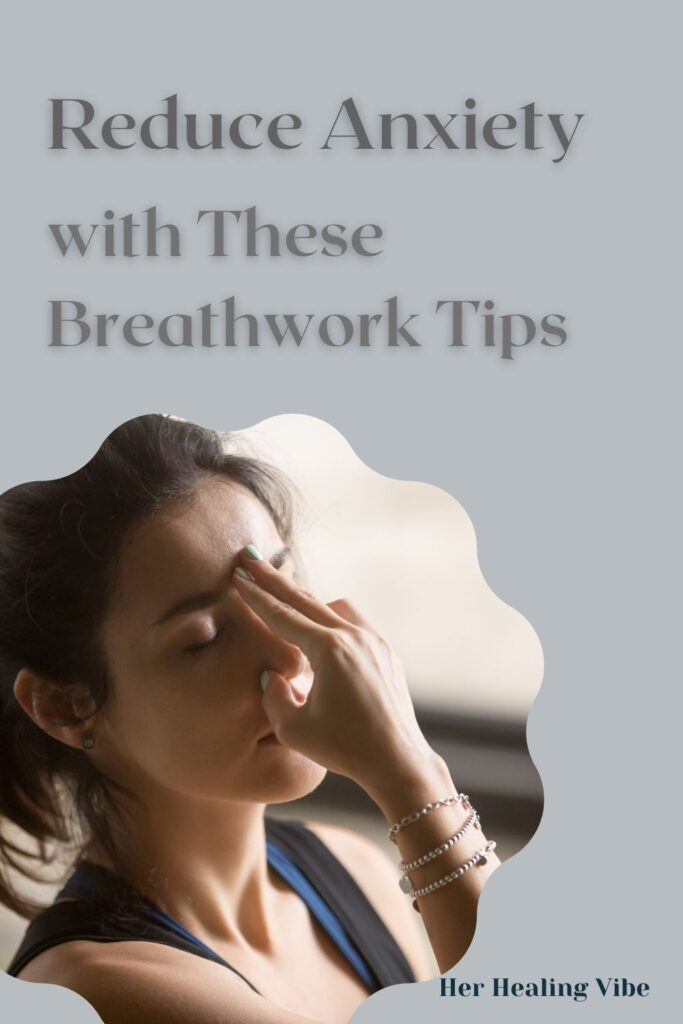
Can Breathwork Heal Anxiety?
While breathwork can be immensely helpful in reducing symptoms of anxiety, it is not a magic bullet that can completely heal the condition. However, it can be a valuable tool for managing anxiety in the long term.
Research has shown that practicing regular breathing exercises can decrease cortisol levels and increase feelings of relaxation and calm. This is because when we breathe deeply, we activate the parasympathetic nervous system, which is responsible for the body’s “rest and digest” response. This response counters the effects of the sympathetic nervous system, which is responsible for the “fight or flight” response that is activated during times of stress.
Breathwork can also help individuals with anxiety develop a greater sense of body awareness and mindfulness. By focusing on their breath and staying present at the moment, individuals can learn to recognize when they are becoming anxious and implement techniques to manage those feelings before they escalate.
In conclusion, while breathwork may not be a cure-all for anxiety, it can be incredibly beneficial for managing symptoms in the long term. By incorporating breathing exercises into their daily routine, individuals can develop a greater sense of mindfulness and relaxation, ultimately reducing anxiety.
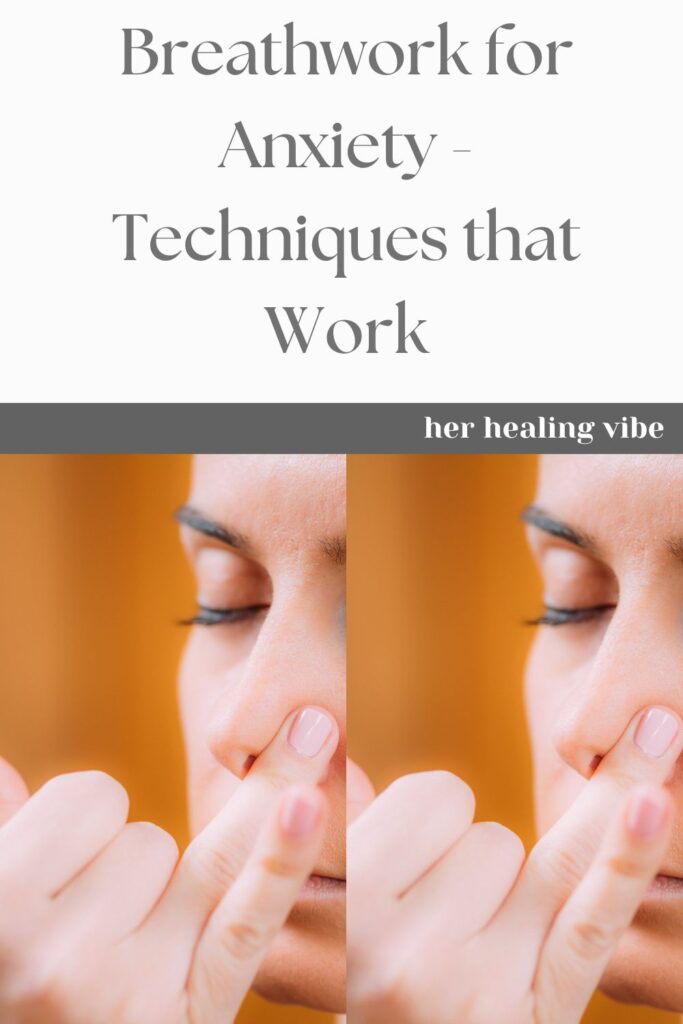
JOURNALING is another powerful tool I recommend for anyone struggling with anxiety.
There’s something incredibly healing about grabbing a pen and journal and pouring everything out onto a blank page… or, if you’re like me, filling at least 10 pages.
I’ve created a beautiful printable journal to help you start your journaling practice, especially if you’re struggling with self-love. Subscribe to the link below to get your free copy and join my newsletter.
Breathwork is a powerful and accessible tool for managing anxiety and stress.
By incorporating different types of techniques into your daily routine, you can breathe your anxiety away and notice positive changes in your mental health. Whether it’s box breathing, diaphragmatic breathing, or alternate nostril breathing, there is a technique that will work for you.
Remember, it’s never too late to start breathing your anxiety away. As the famous quote goes, “Inhale courage, exhale fear.” So take a deep breath, release your worries, and start breathing in a new sense of calm.
This Post Was All About Breathwork For Anxiety.
Other Posts You May Like:

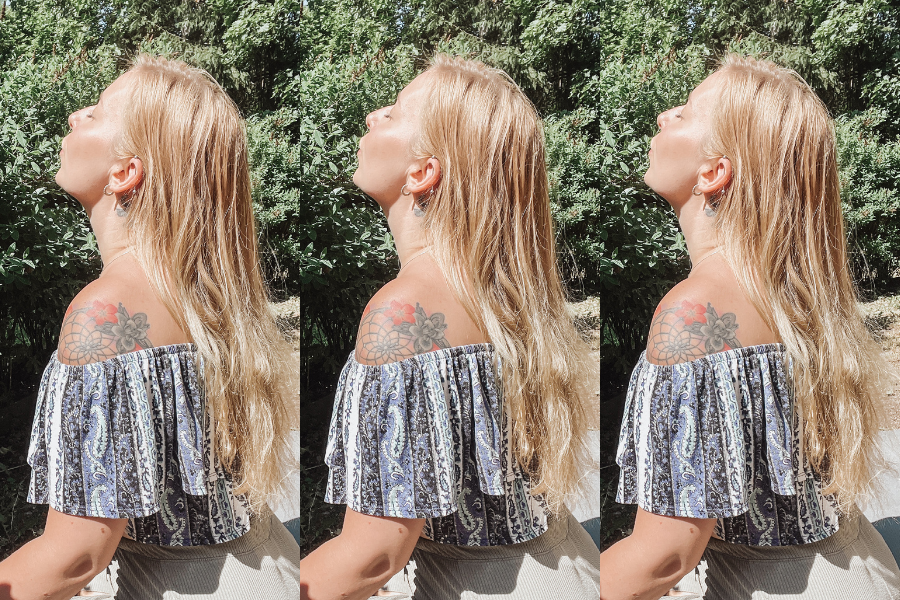

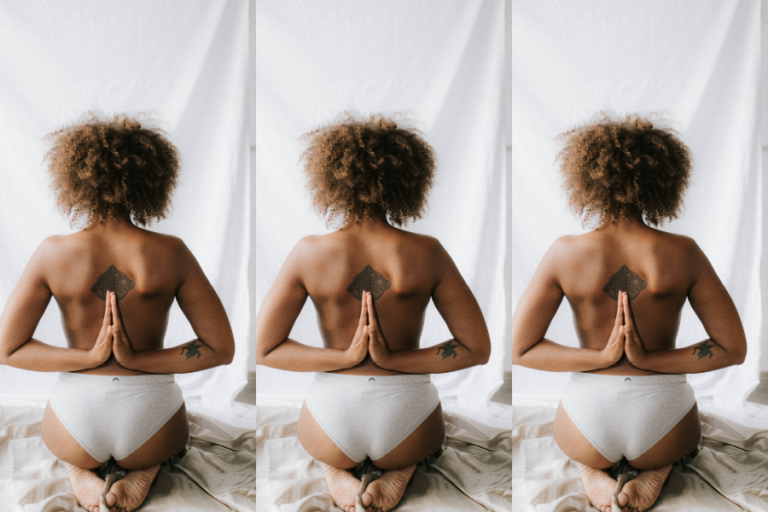
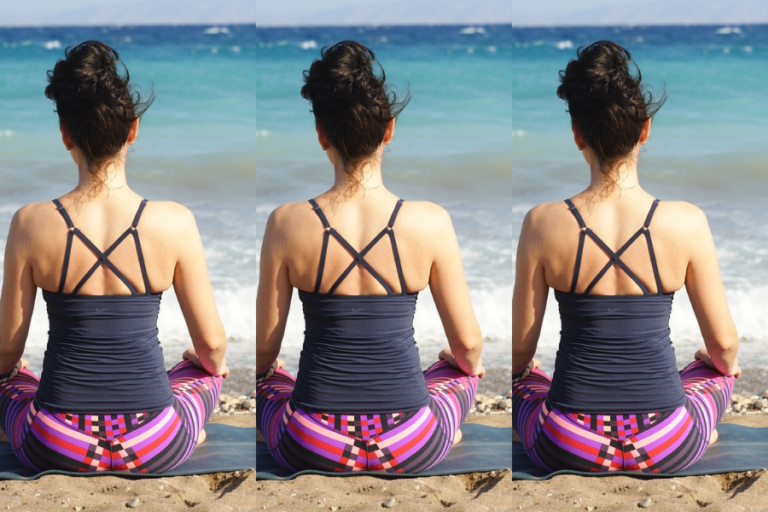


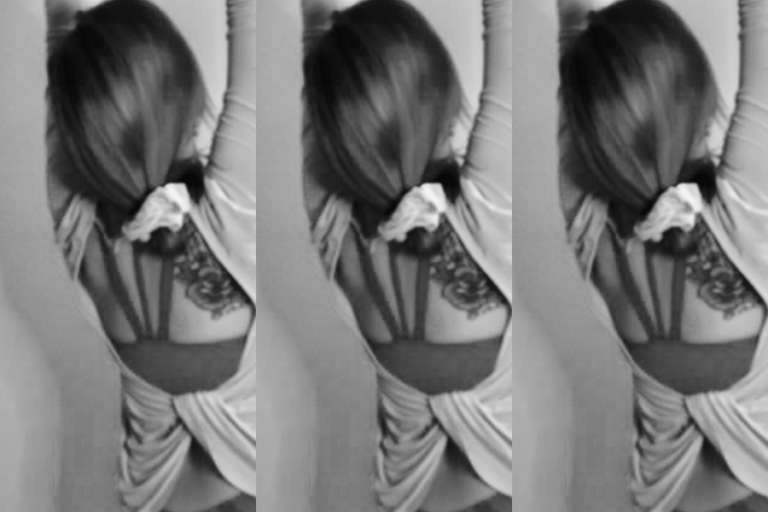

7 Comments